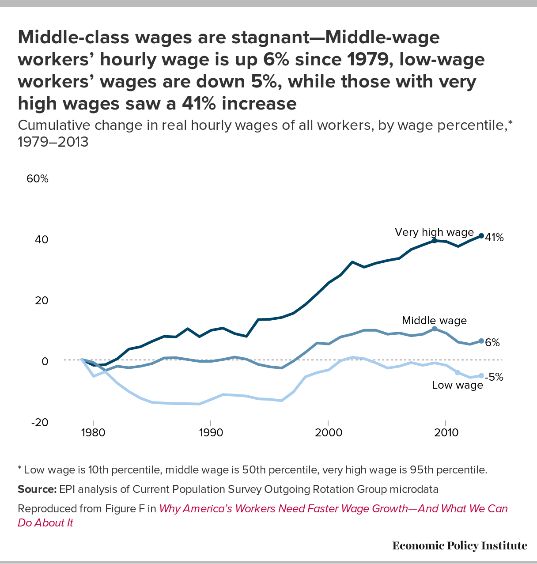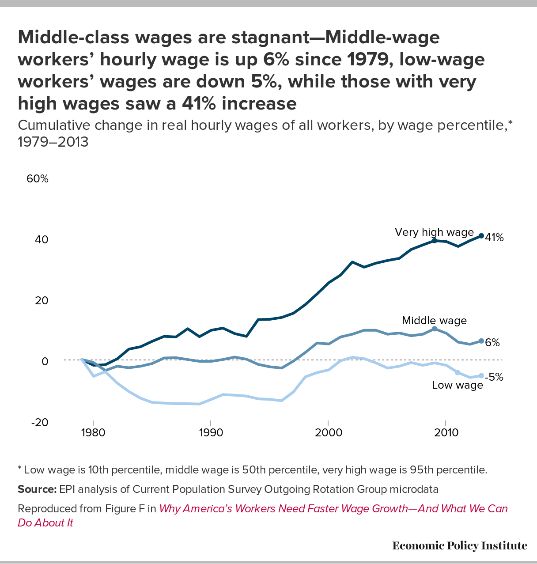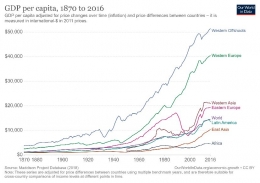
Creating the chasm
Some popular hypotheses that tried to explain why these issues surfaced have mostly pointed fingers at globalization and automation. However, there is indeed one other force that we tend to overlook. Benmelech, Bergman, and Kim (2018) revealed that labor-market concentration is the hidden culprit behind this and it explains at least 30% of wage stagnation in the U.S.
A highly concentrated labor market means that there are too few employers competing for the same workers on the local level. When a worker is dissatisfied with their pay, they cannot simply switch to another employer because there is not much choice available. This gives the employers a monopsony power and puts the workers in a weak position to bargain for better compensation.
Essentially, there are some ways in which firms can spend their extra cash: capital expenditures, R&D, buy other companies, or return the money to its shareholders through dividends and buybacks. Over the last decade, S&P 500 companies have spent $5.3 trillion on share repurchases.
The main reason why company executives spent such a generous amount is because 83% of their pay comes from stock-based instruments and short-term buybacks artificially inflate stock prices by boosting earnings per share (Lazonick, 2014).
From 2003 to 2012, those companies used 54% of their earnings for stock buybacks and returned 37% of it to shareholders in the form of dividends. This leaves little space for reinvestment into the companies themselves, including for paying their employees higher salaries.
Lazonick who has studied this matter for three decades concluded that this approach of "maximizing shareholder value" (MSV) has contributed to inequality and instability in the U.S. economy.
Initially, buybacks were banned in the '20s because it led to unscrupulous and speculative activities. But, it made a comeback in 1982 under President Ronald Reagan's ruling. The GOP's 2017 corporate tax cuts from 35% to 21% that was meant to spur reinvestment and create jobs also fuelled a record-high share repurchase.
These policies have exacerbated the imbalanced distribution of power between American workers and their employees. There are only abundant profits without shared prosperity.
Other alternatives









